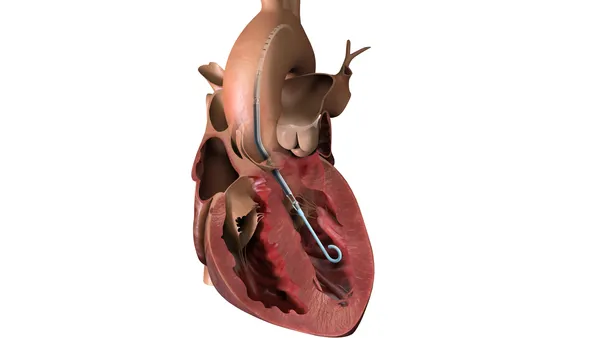Dive Brief:
-
The U.S., Canada and Mexico have struck a revised trade deal with implications for medical device manufacturers, with the largest industry trade group seeing cause for optimism.
-
The deal, which will replace NAFTA, mandates the cross-border recognition of quality audits and the publication of information about how each country sets reimbursement rates.
-
Collectively, the changes could lessen the non-tariff barriers faced by U.S. companies that want to export medical devices to Canada and Mexico.
Dive Insight:
Having called the North American Free Trade Agreement (NAFTA) the "worst trade deal ever" during his presidential campaign, President Trump set out to scrap or renegotiate the agreement after taking office. Negotiations went down to the wire but the three countries struck an agreement shortly before the deadline.
The unveiling of the new deal, called the United States-Mexico-Canada Agreement (USMCA), sparked analysis of what it means for different industries in each of the affected countries.
The U.S. medical device industry seems to have chalked up some victories.
In its breakdown of USMCA, industry group AdvaMed highlighted four chapters of the deal that will have implications for medical device companies. The chapters relate to recognition of international standards, the elimination of duplicative regulatory requirements, reimbursement decision processes and other matters important to international trade in medical devices.
Several of these chapters are interrelated and are collectively expected to contribute to the lowering of non-tariff barriers to trade. For example, the chapters on technical barriers to trade, the medical device single audit program and good regulatory practices should make it easier for companies that enter one market to branch out into the other two.
Once in a new market, companies should benefit from a chapter that mandates more transparency in the setting of reimbursement rates. This chapter calls on each country to make timely, transparent reimbursement decisions that give applicants a chance to comment during the process and appeal the resulting ruling.
Medical device manufacturers will have to wait a little longer to reap these benefits, though. The deal is due to be signed by the leaders of the U.S., Canada and Mexico by end of next month, but at that point each country will still need to ratify it.
In the U.S., the ratification process will go through Congress. Trump likely has the votes in both chambers to get the deal through, and it appears that Minority Leader Chuck Schumer, D-N.Y., is on board.
"As someone who voted against NAFTA and opposed it for many years, I knew it needed fixing," Schumer said in a statement. "The president deserves praise for taking large steps to improve it. However, any final agreement must be judged on how it benefits and protects middle-class families and the working people in our country."
Even if the deal advances smoothly through Congress, it will be a while until its provisions come into force. Estimates of the likely implementation date range from the second half of 2019 through to 2020











